Dry Layer Blood Analysis
Dry layer blood analysis, also known as oxidative stress test (OST), is an examination that helps nutritional analysts determine various risks and concerns in healthcare clients. This testing method has been around for about 70 years, and it can be leveraged to identify indicators of inflammation, allergies, parasite activity, and heavy metal toxins.
Examine Dry Blood Samples
Learn to test dry blood for various indicators of present pathogens, toxins, and other concerns.
Educate and Enlighten
Understand and relay insights gained on organ health and indicators of needed improvement.
Enable Remote Health Help
Use dry blood later tests to help people understand their health needs from afar.
Become A Dry Blood Analyst
In six layers, you can examine a client’s blood under the microscope to find indications of health concerns like viral and parasite presence, inflammation, hormonal balances, and more. If you want to become a professional nutritional analyst, sign up to use this skill set and help build holistic wellness plans for people in need of a change.

